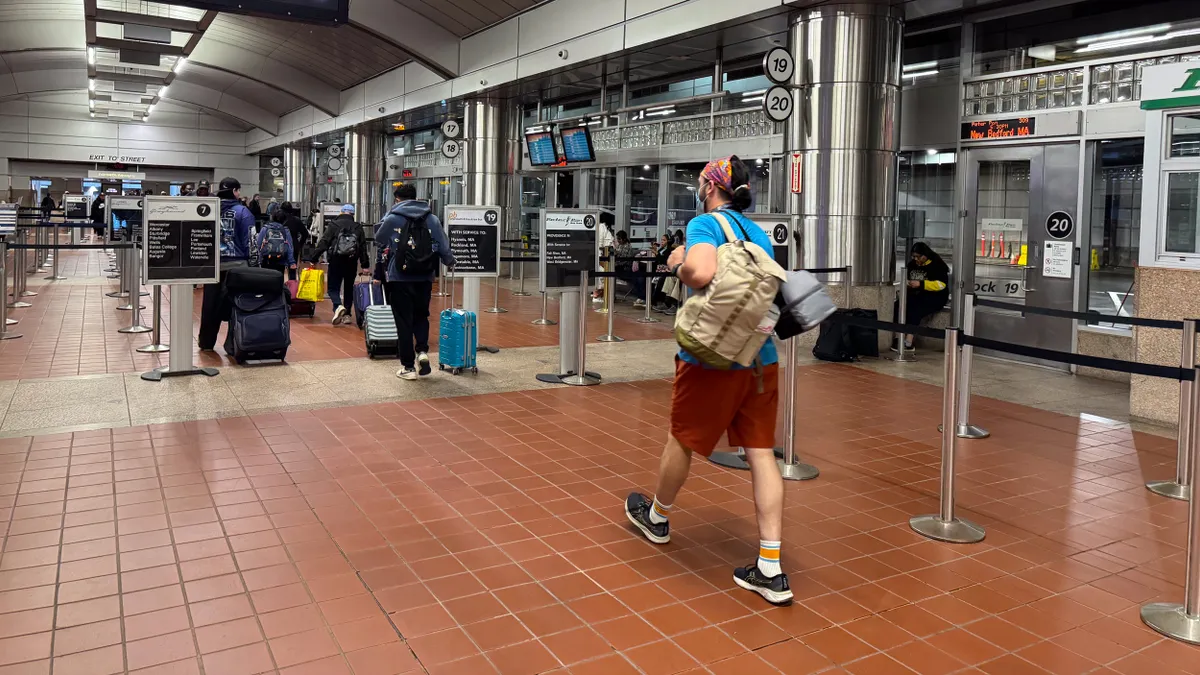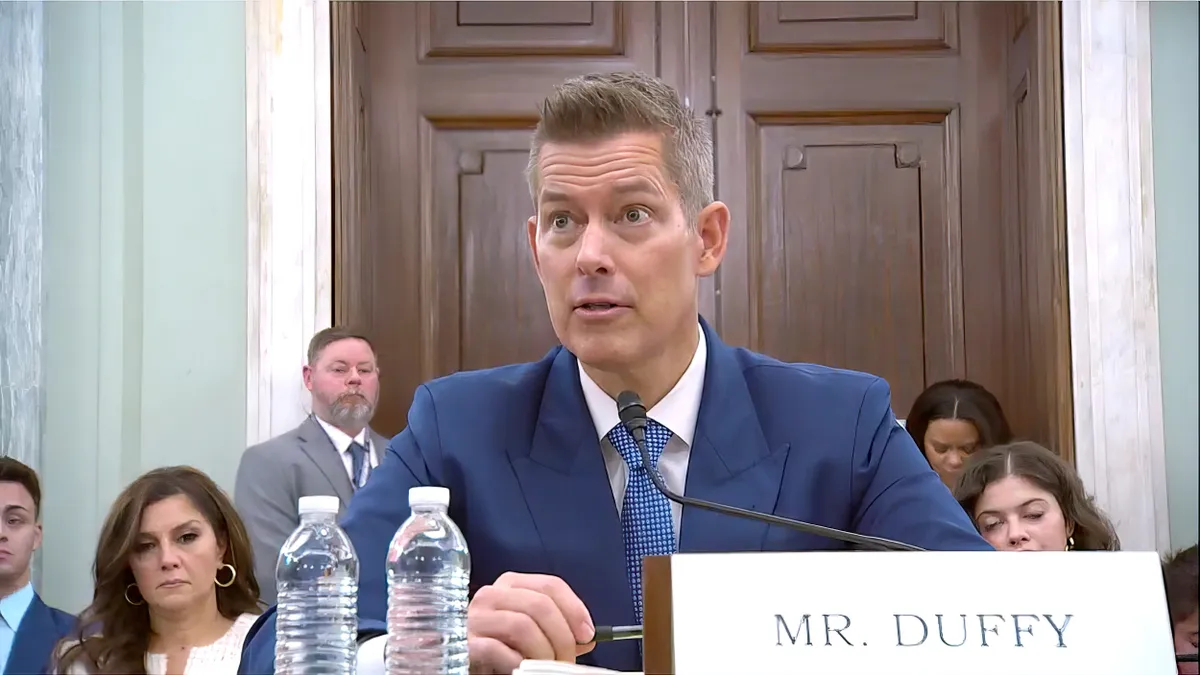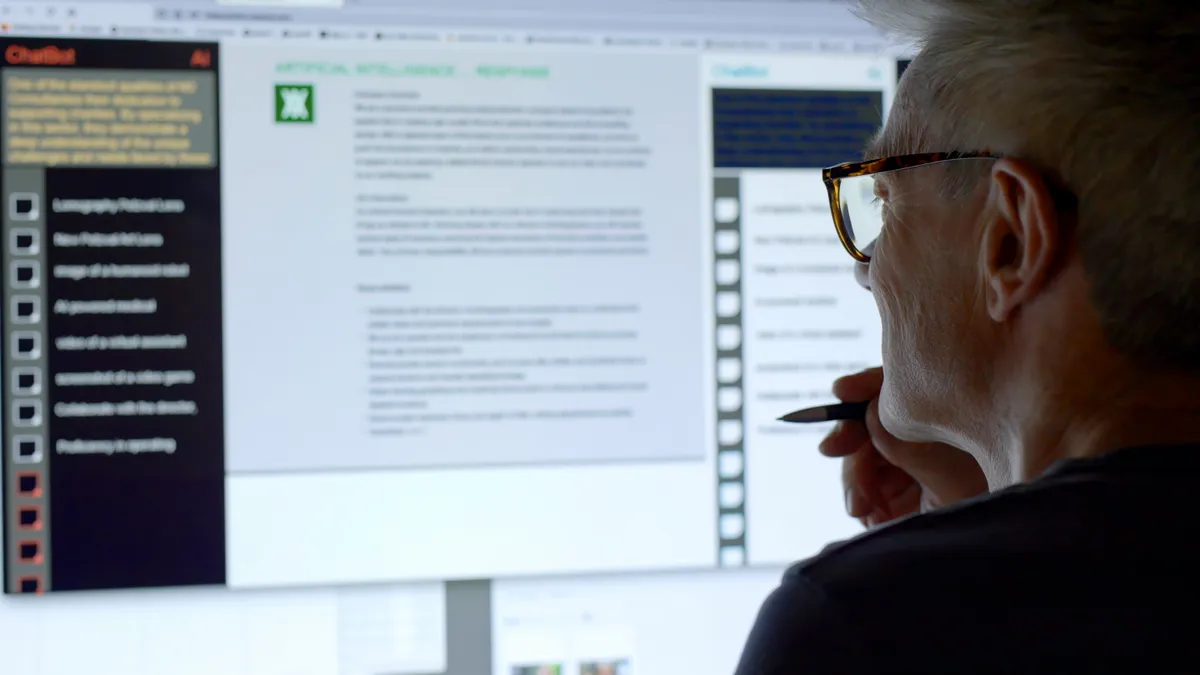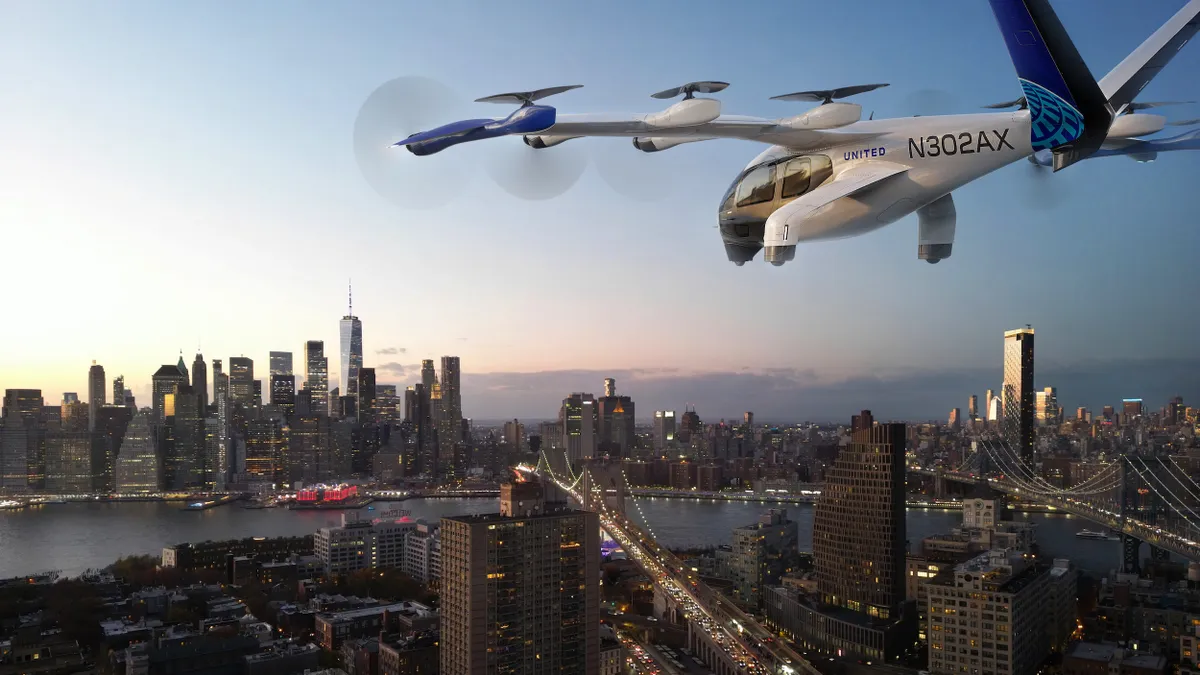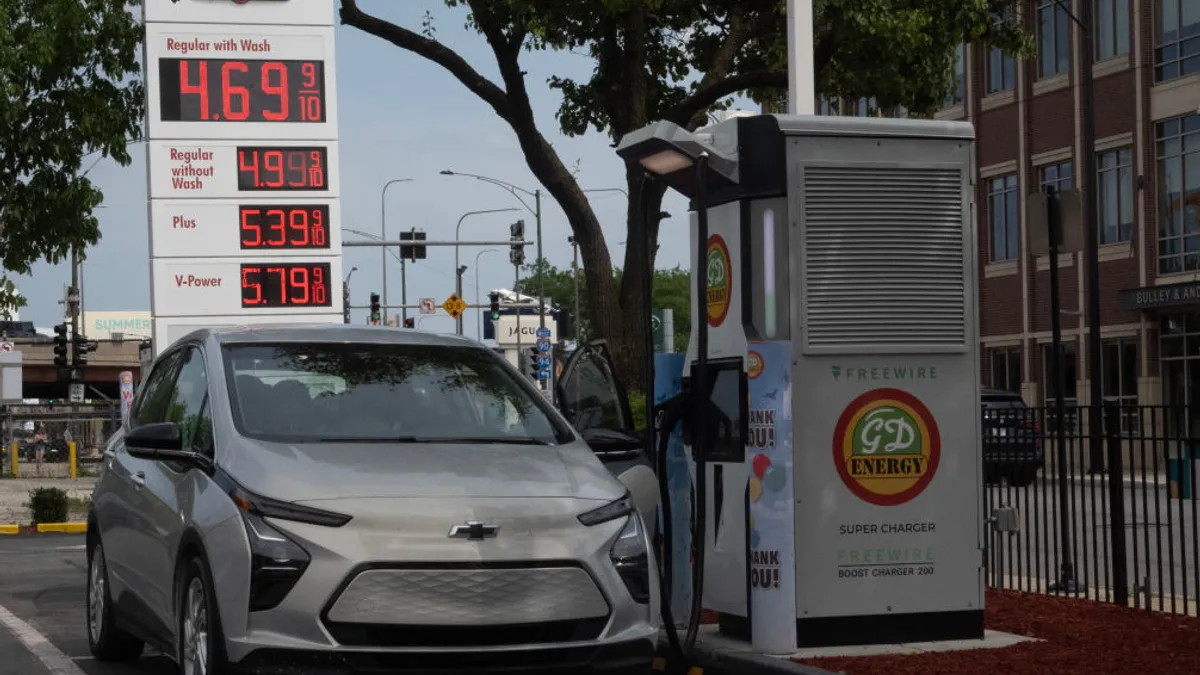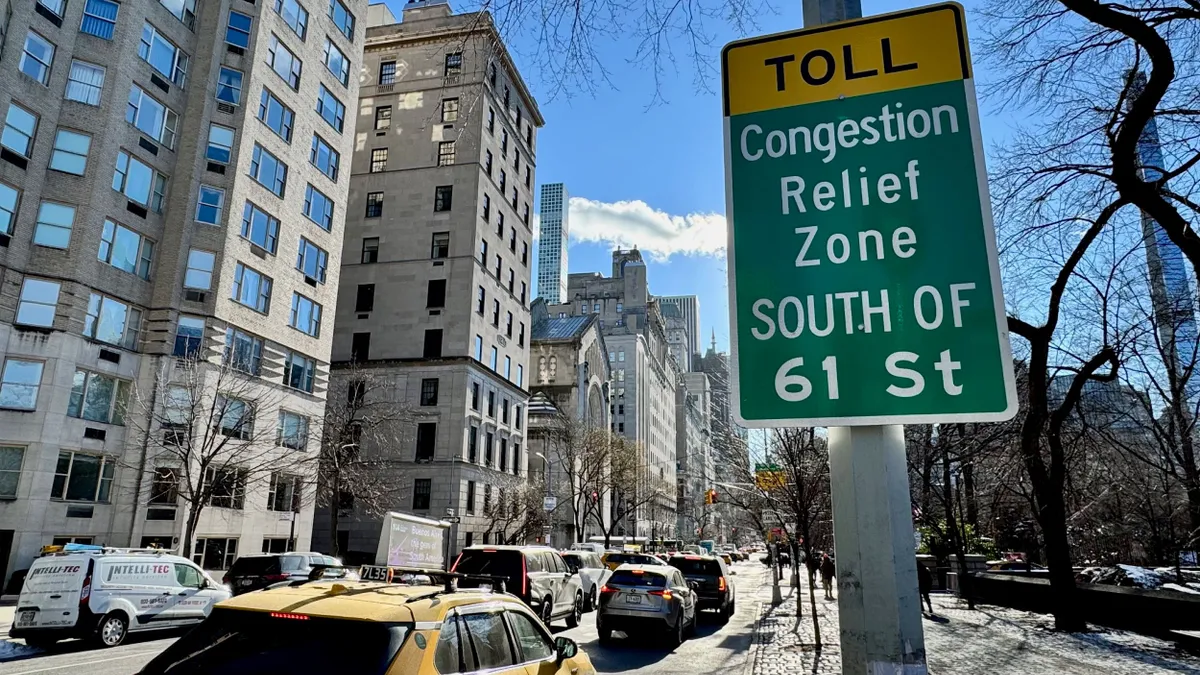Intercity bus ridership in the U.S. could grow 4% this year, according to The Chaddick Institute’s annual review, outpacing the U.S. Travel Association’s forecast for growth in travel by airline or automobile. The growth will come from expansion of bus operations by private operators and state-supported services, said Joseph Schwieterman, director of the Chaddick Institute for Metropolitan Development at DePaul University.
Colorado’s Bustang “has emerged as the star performer” among state-supported intercity bus services, Schwieterman said in an interview. It serves communities along Interstate 25 from Fort Collins to Colorado Springs and along Interstate 70 between Denver and Grand Junction. In 2023, Bustang carried nearly 280,000 riders on a fleet of 80 buses and shuttle vans.
State services like these are made possible by the Federal Transit Administration’s formula grants for rural areas program, also known as Section 5311. This formula grant program provides states with capital, planning and operating assistance to support public transportation in rural areas with populations of less than 50,000.
Other states with strong government-supported rural area bus services, Schwieterman said, include North Carolina, Virginia and Washington. Virginia will launch its fifth intercity bus route this year; in Washington state, a 2024 state Department of Transportation study outlined 12 expansion options, including new routes and extensions to existing routes.
Maine launched a state-supported weekday and weekend bus service in July connecting Portland and the cities of Lewiston and Auburn. South Dakota’s transportation department conducted a study last year that recommended 10 possible state-supported routes and increased bus frequency on two existing lines.
Bus routes to major airports are also gaining ground, according to Schwieterman. Seven regional bus lines serve Boston Logan International Airport, while four — RedCoach, Jet Set Express, Greyhound and FlixBus — serve Miami International Airport. Other airports with direct intercity bus routes include Chicago O'Hare International Airport, Philadelphia International Airport, New York City’s John F. Kennedy International Airport and Salt Lake City International Airport. “It's helping build some synergy” among transportation modes, said Schwieterman.
Intercity buses carried about 50 million passengers in 2023, Schwieterman estimated. The largest carrier is FlixBus, a European train and bus operator that acquired Greyhound in 2021. In an interview with Flix North America CEO Kai Boysan last year, he expressed optimism about the potential for bus transportation: “Bus travel is affordable, accessible and connects many destinations. The future is really bright for long-distance bus travel.”
It took until February 2023 for FlixBus to integrate its booking websites and technology with Greyhound, Boysan said. Now, “a clear strategic picture of FlixBus and Greyhound has emerged,” said Schwieterman. He sees FlixBus focusing on heavily traveled corridors and routes between major metropolitan areas while Greyhound broadens the carrier’s national network of interconnecting routes.
FlixBus has expanded service by about 20% in the Northeast since early 2024, the Chaddick Institute report estimates. The bus company is also growing in the Southeast, Texas and California.
The industry’s optimism is also evident in its recent investments in new buses. Greyhound acquired 60 motor coaches last year; Trailways, 30; and Peter Pan, 15. The Motorcoach Builders Survey for the third quarter of 2024 saw sales of new coaches up over 15% from the same period in the previous year.
However, the report notes, service along rural and secondary routes has been slower to recover from pandemic lows. Some of that may be due to the loss of traditional bus stations, the report noted. When Flix acquired Greyhound, its bus stations weren’t part of the deal. Since then, many have closed, leaving riders to wait curbside or at other locations lacking waiting rooms and other amenities.
Even large cities face bus closures: FlixBus is on a month-to-month lease at Chicago’s main bus terminal, whose owner wants to sell the facility. But New York City is poised to get a new, 2.1 million square foot Midtown Manhattan bus terminal that could be completed by 2032.



